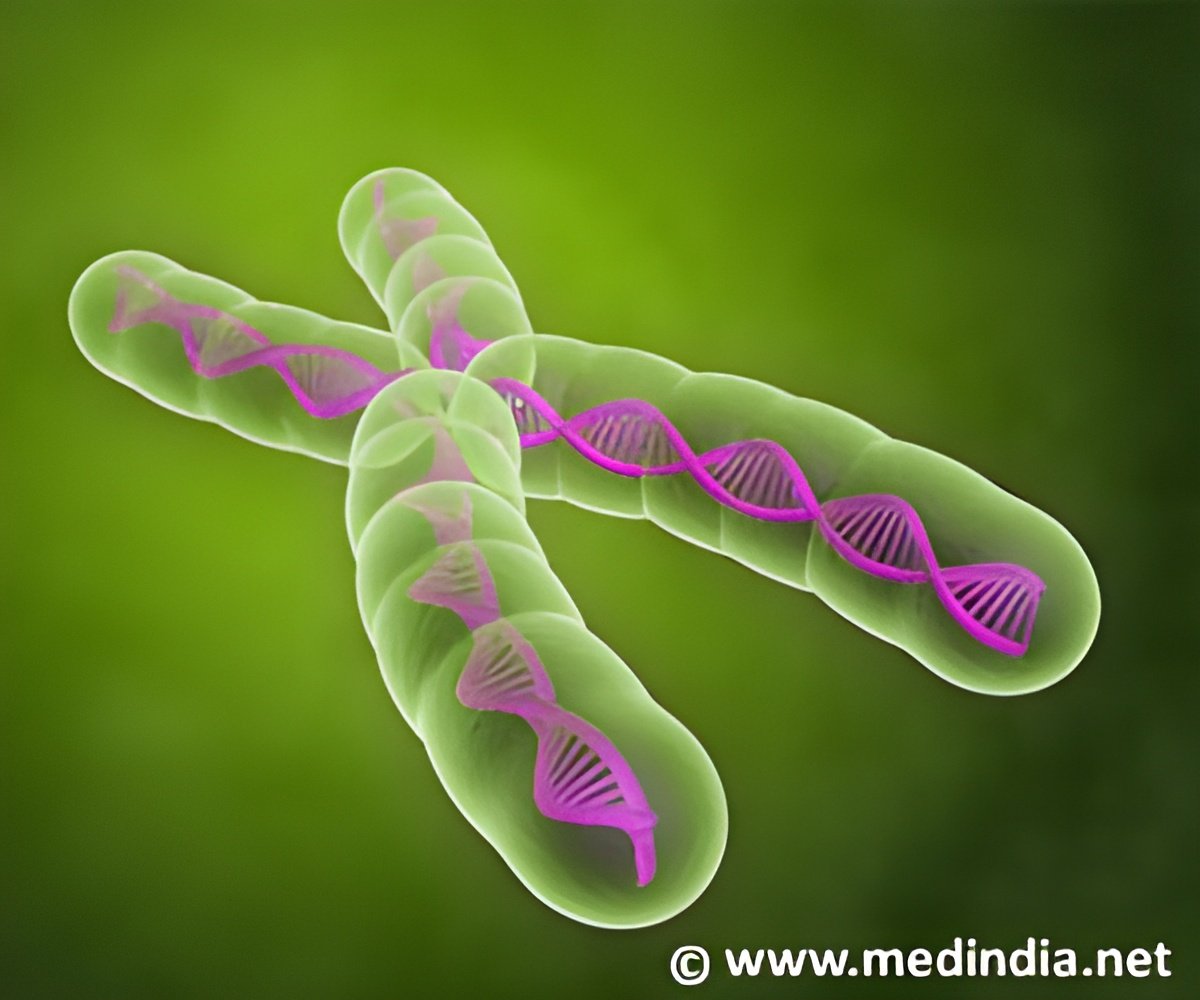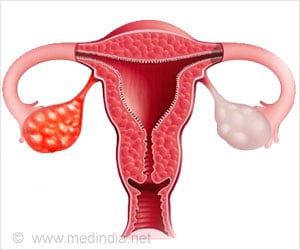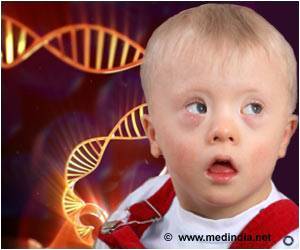One of the key genes that make up the maintenance mechanism for tissues has been discovered by scientists.

The target of this research, the Sox4 gene, is expressed during embryonic development —it contributes, for example, to the development of the pancreas, the bones and the heart, and to the differentiation of lymphocytes. It is also active in the adult organism, but in a very limited way, being mainly restricted to some stem cell compartments.
Furthermore, when Sox4 malfunctions it becomes an oncogene. Practically all human cancers have too much Sox4, which translates into more cellular proliferation and less apoptosis—programmed cell death; a mechanism that protects against cancer. It is also known that Sox4 plays a role in metastasis.
Both of these facts—that Sox4 is expressed only in some cells in the adult organism, and that it favours cancer development when there is too much of it—indicate that Sox4 is a powerful gene, with important consequences if it is not properly regulated. The CNIO group, therefore, wanted to study more in depth the role of Sox4 in the adult organism.
It was not an easy task, because mice in which Sox4 had been eliminated die before birth. The authors' working strategy consisted of generating a line of mice that do express Sox4, but at lower quantities than normal.
These animals survive and are fertile, but they have several peculiarities: they are smaller than normal, age earlier and do not have cancer. Conversely, they do develop other age-related illnesses.
The mice deficient in Sox4 have, for example, little bone regeneration and lots of osteoporosis, indicating that this gene is important for the bone tissue maintenance mechanism.
The puzzle has not yet been solved: why these animals are less likely to have cancer?. One possible explanation is that a lower rate of tissue regeneration —given than the stem cells are less active in the absence of Sox4— is a cancer-inhibiting mechanism.
As Maria Blasco, the co-author, says: "this would imply that the origin of cancer is associated to regeneration errors, and if there is less regeneration there is also less cancer. The negative side is that less renewal also means more ageing. It is a complex balance, which we will only understand with more research."
Source-Eurekalert
 MEDINDIA
MEDINDIA




 Email
Email










